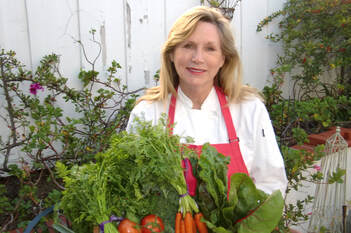 Happy Summer! A great season for herbs and fresh garden recipes! Now into the third issue, my mission for The Meal continues to refine it self. My hope is to reignite the passion towards food and the meal and the purpose it serves in strengthening the family and fortifying the community. In the Summer Issue, I introduce Julie Brailsford, who happens to be fortifying the San Diego area with her business Healthy Creations. Her Take- and- Make and ready to cook meals provide families a convenient way to have meals at home with more time around the table. We only met recently via phone conversation, but our similar values and vision of the meal intersected to connect us. Read more in the Summer print publication of The Meal!
0 Comments
 SO how often have you said or heard someone who just picked through the fridge or pantry eating almost a complete meal say “I’m hungry, what’s for dinner?” Just mindlessly popping “shtuff” into the mouth, sometimes with no knowledge of what even went in! This is how it all begins. Dis-ease. No, you aren’t getting cancer just because you eat standing up. But like everything else, actions have a compounding effect and overtime eating “shtuff” takes its toll. You’re digestive system is the gateway to health. It’s how we assimilate energy into our bodies. It is a precious system that’s complexity is overlooked. It requires the recruitment of all the senses to run properly. The five senses initiate brain activity which signals chemicals to release hormones to either assist or combat digestion. That’s why it’s important to slow down and take the time to eat a meal. The issue has even sprung organizations such as Slow Food. A movement which strives to preserve traditional and regional cuisine and culture, originally derived from the Slow Movement, or slow living. WHAT? Slow living! In America, the speed of light society?! Yes, slowing down to eat impacts both our physical and mental digestion in favorable ways. Dis-ease begins with digestion both in the gut and in the mind. If you don’t believe it just look at the abundance of digestive aids filling entire drug store aisles and click through any television channel during prime time to catch the anti anxiety-depressant drug of the day. Our guts and minds are clogged. We are out of balance. However this isn’t a new concept, for over 5000 years Ayurvedic philosophy has taught this principle. Ayurveda is the ancient traditional Indian medicine which teaches preventing disease by balancing your body with nature, or the five elements. It is a preventative system that uses food, herbs, oils, purification and meditation as a means to staying healthy. Ayurveda reinforces the discipline of removing toxic food and toxic thought from our lives. I was fortunate to study Ayurveda in India multiple times. One of the main themes that arose repetitively during this experience is that food is medicine and medicine is food. This Ayurvedic concept long preceded what Hippocrates of 400 B.C. eventually affirmed and would be famously quoted for “let food be thy medicine and medicine be thy food.” We know by now in the 21st century that WHAT we eat is important. Eat live food and live longer, eat dead food and die faster. In simple terms, what grows and is picked from the ground is healthier than what is refined, packaged and shelved for weeks or even months. But in present times we must be reminded that HOW we eat is equally important to our health. Bio Energy (life force) of a mushroom courtesy of Kirlian.com In the Indian culture, not only the quality of the food, but how it is prepared and who you share it with is important. Long before the energetic fields of food could be photographed (http://kirlian.com ), Indian people have known that foods made with loving hands and good intention have more Prana, or life force, than foods that are not. This life force, or Prana, is the basis for your health. This life force comes from live food and the people and energy that surround it. It takes more time to find it, to prepare it and consume it. That’s why we are among a sicker society than ever before, because people don’t have the time or want to take the time. (If you’ve never thought about the “Prana” of that burger rapidly slapped between two buns by the fast food worker whose ticked off because they’re overworked and underpaid, you will now. Their energy and mood get transmitted to the food your eating!) It’s not rocket science to figure out that if you sit down, take a deep breath, see, smell and feel your food before taking a bite, you’re body is more prepared to digest with ease, than with DIS-ease. When you’re in a hurry, angry, stressed or nervous you release chemicals that inhibit proper break down of your food, incomplete break down of food produces toxic by-products that if not eliminated, build up in the system. In the same way, if your mind is filled with toxic or unpleasant thought you release stress hormones which continually break cells down rather than build them up. Ayurveda and yoga philosophy emphasize meditation before eating to clear your mind and calm your body. So put your mind and gut at ease, slow down, take a deep breath, sit down and eat a meal with friends. 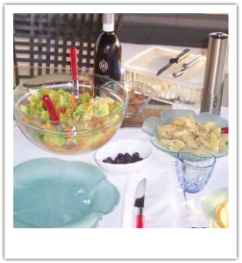 It’s taken me over 7 years to post this mostly because I told myself I wouldn’t teach something unless I could master it myself. Then the years passed and I figured if it hasn’t happened by now it may never, or I could be dead before it does! So what is this mastery I’ve strove for? It is as simple as sitting down to eat, every meal, every time. Preferably at a table, not standing up, lying down, in the car, while typing, texting, reading, arguing, or to ever eat alone if at all possible btw pets count as eating companions).I wanted to be able to write authentically in the work I call “The Meal” which many of you have heard about for almost a decade now. I finally realized that if I write truthfully it’s just the same as authentically so TRUTHFULLY, I have spent many hours yelling at my mother, husband, child and other family members to “SIT down and eat”, but haven’t been able to completely do it myself. It’s a modern struggle we have to just pop food in our mouths without any conscious realization of what’s going on, what’s going in or even remembering that we just ate! Eating food is more than just the physical action of chewing, satiation and digestion. It is a process, that once sacred, has become mundane or abused. It is the process of earth matter and energy becoming part of our being and consciousness. We’ve heard it a thousand times: We truly are what we eat. And what’s even more important to our health is WHO we eat with, HOW we eat, and even WHERE we eat. The meal is equally simple and complex. I’ve compiled personal stories and research regarding the spiritual, social and cultural aspects of the Meal from my travels, studies and professional life in health care. There is no better time to share than in a New Year, while I’m alive, healthy and still trying to master the art of sitting down for the sacred experience of eating. Maybe this year we can all endure the challenge together. Happy New Year and let’s eat! |
by
|
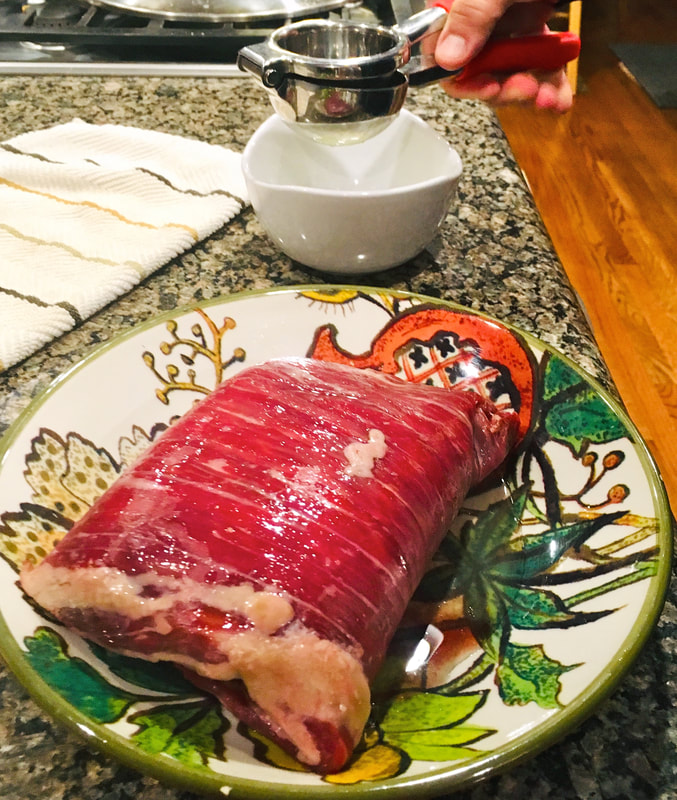
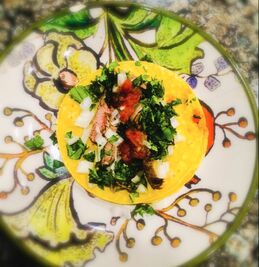
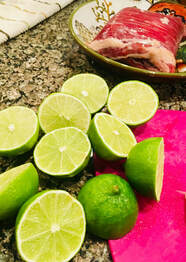
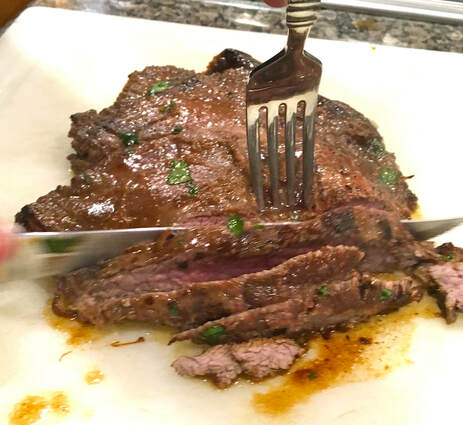
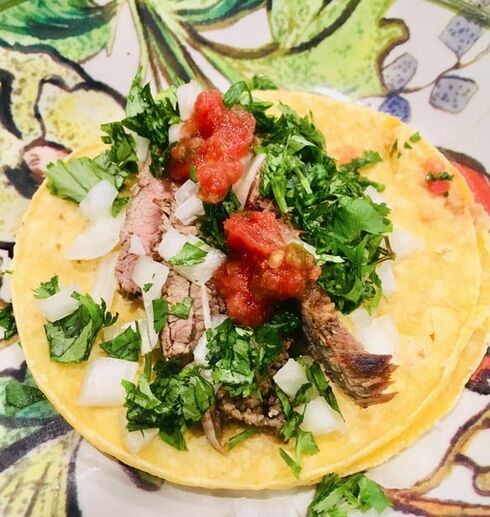

 RSS Feed
RSS Feed